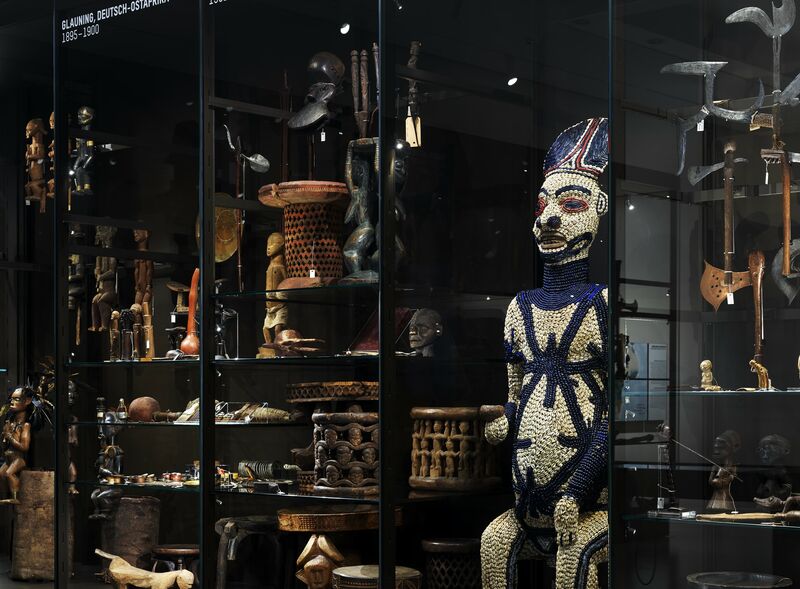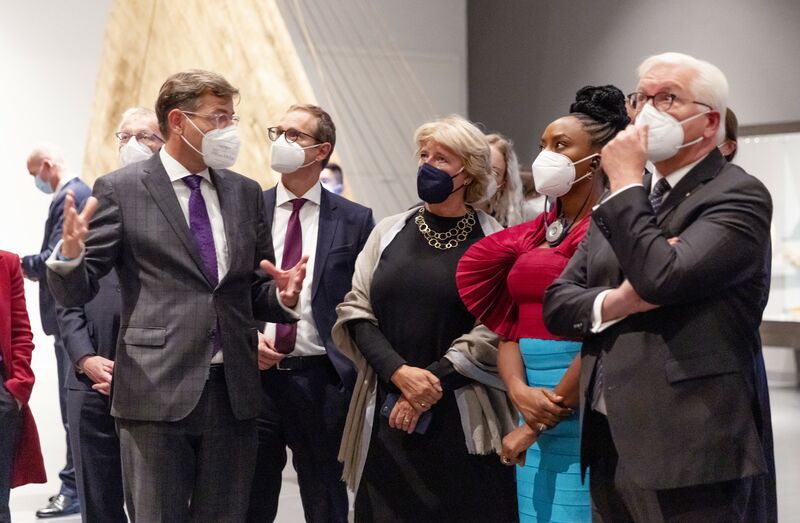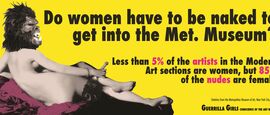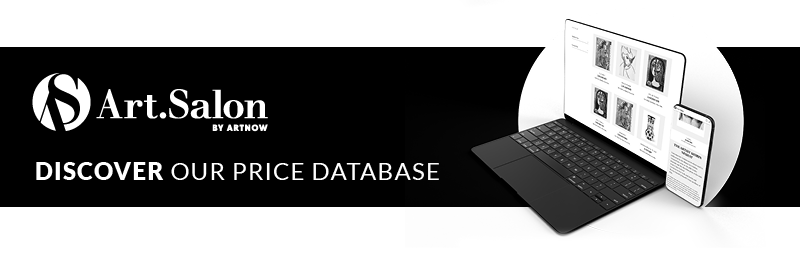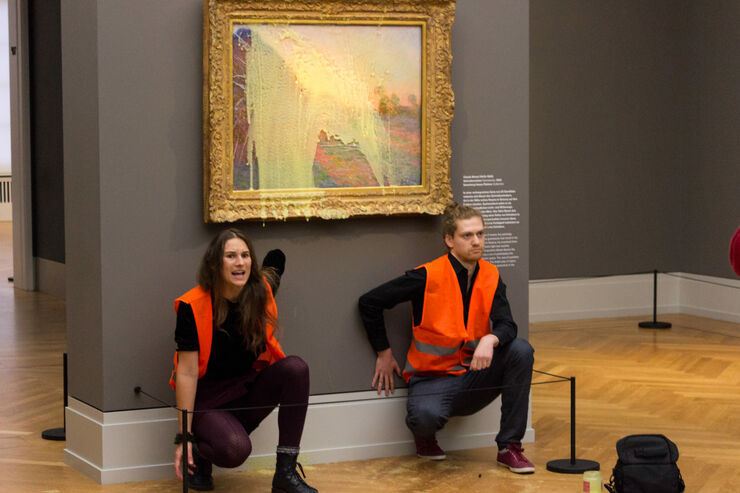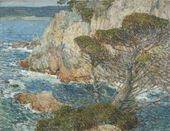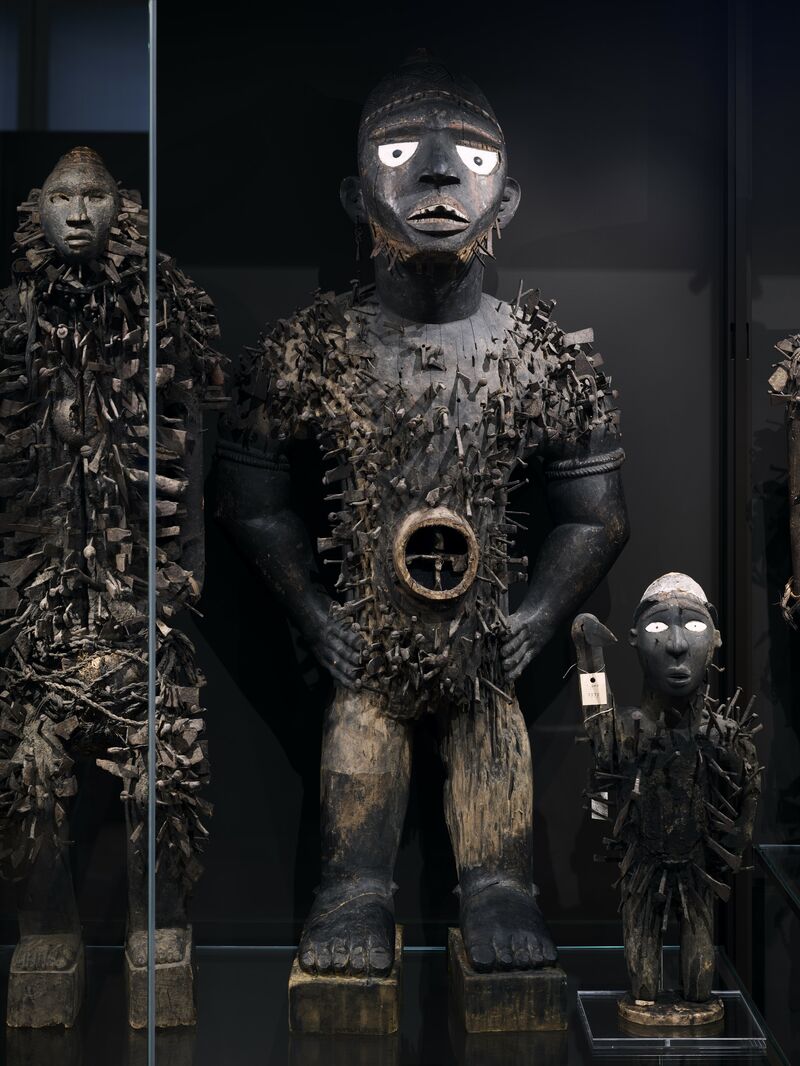
More on the subject Controversy
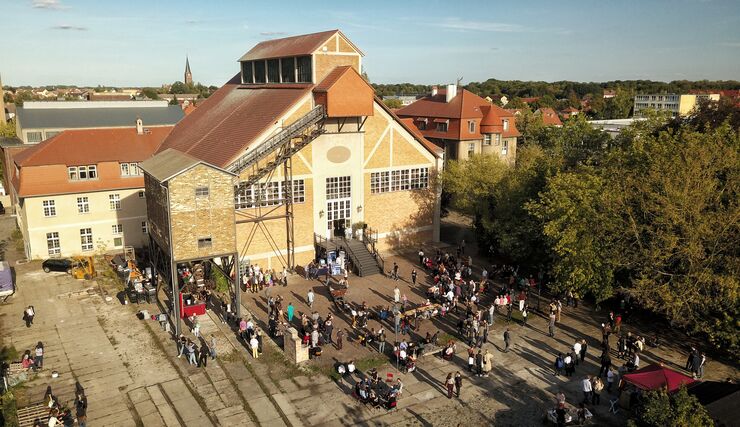
What creative ideas are there for sustainability and climate protection in the art world?
While artists have been addressing the issue of climate change in their work for years, the art industry as such has been quiet for a long time. With the Corona crisis, problems have now come to light whose solutions can have a positive impact on the climate crisis as well.
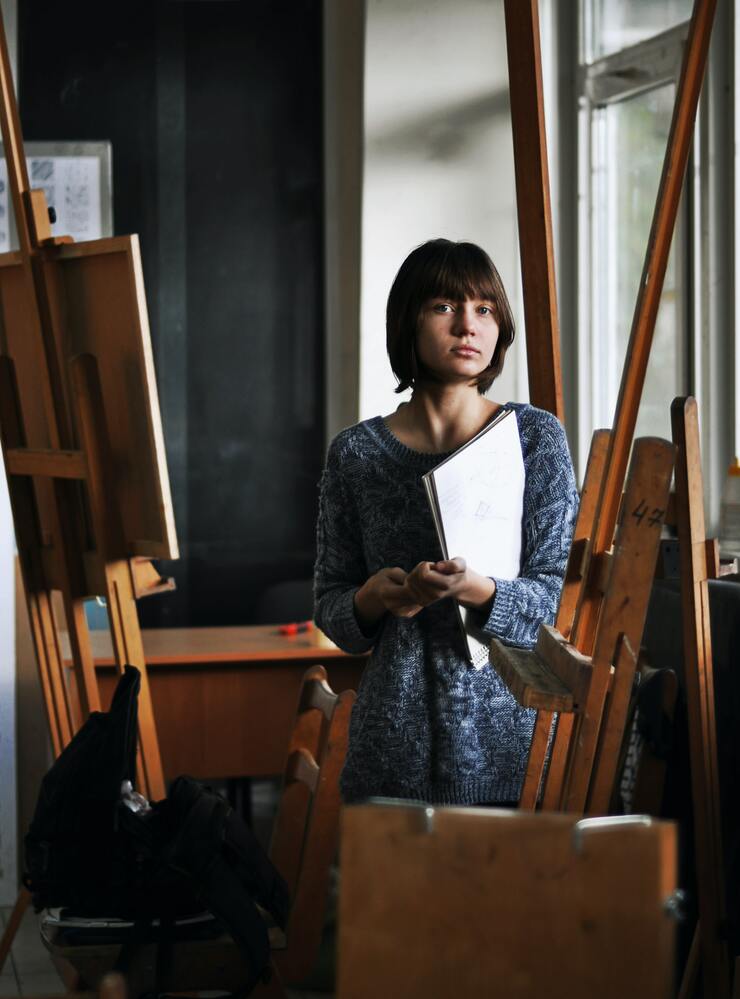
How underrepresented are women in the arts really?
It's hard to deny that the gender pay gap exists - and it doesn't stop at the art industry. Despite the widespread opinion that women are actually relatively common in the creative scene, there is, as is so often the case, an imbalance in favor of men. But is this really only reflected in the fees paid? Figures, data and facts clearly reveal how differently the genders are represented, but what is often missing are insights into the causes and, above all, solutions.
Dive deeper into the art world
Mexico City replaces Columbus statue with effigy of indigenous woman
In October 1492 Columbus appeared in America, in October 2020 he had to disappear - at least as a statue from the Paseo de la Reforma in Mexico City. A new monument honouring the country's indigenous women is now to be erected there by the end of the year.



